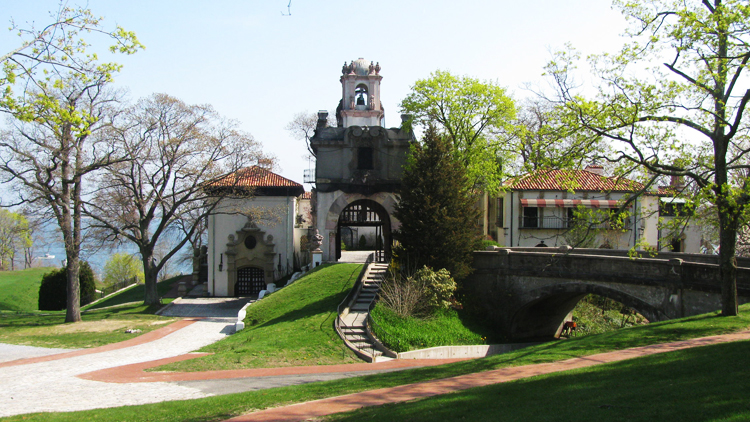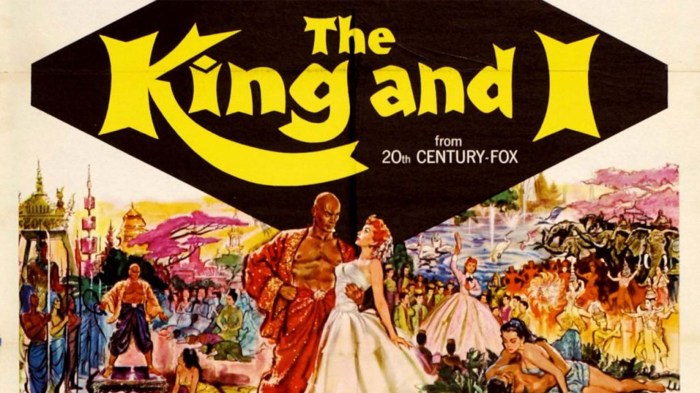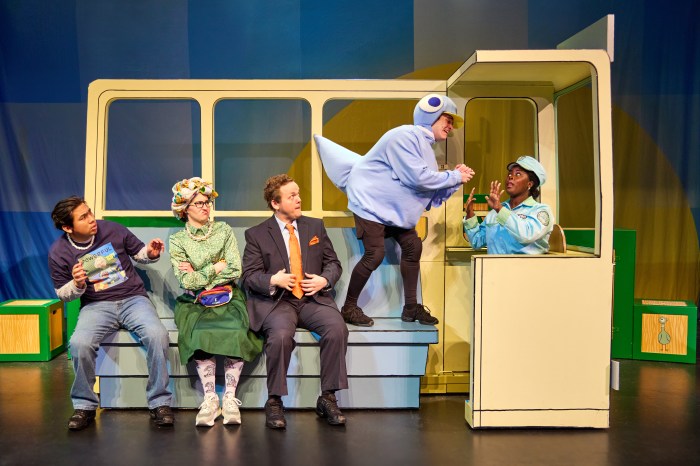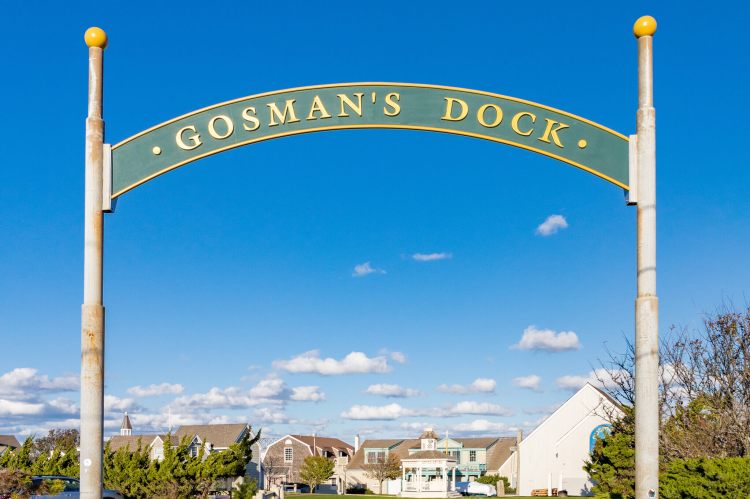A hundred thousand light years or a hundred yards, give or take a few, are all that separate the Milky Way Galaxy from a pair of Peruvian shrunken heads at the Vanderbilt Museum in Centerport.
The distance is relative, because it doesn’t take that much time to travel the space between the new, state-of-the-art Vanderbilt Planetarium, which just underwent a multi-million-dollar upgrade, and the eccentric collection of William K. Vanderbilt II, whose majestic mansion epitomizes the glory days from Long Island’s Gold Coast when American millionaires pursued their passions—both private and public—on their once-secluded North Shore estates.
Surprisingly, few visitors to the Suffolk County Vanderbilt Museum today make the connection at what was once his 43-acre Eagle’s Nest estate. They either come for the uplifting planetarium show—now greatly enhanced by the $3.2-million Konica Minolta GeminiStar III projector—or visit Vanderbilt’s Spanish Revival manor house with its marble bathtubs, medieval furniture, decorative arts and stunning views. Not to mention the Jivaro Indian tsantsas (shrunken heads)—their eyelids and mouths sewn shut—eerily silent in a glass display case in the Memorial Wing by the courtyard.
“People come to the planetarium and they have no idea what’s on the other side of the wall,” says Lance Reinheimer, the museum’s interim executive director, during a recent Press special preview of the refurbished planetarium. “And, vice versa: People go to the mansion and have no idea what’s in here.”
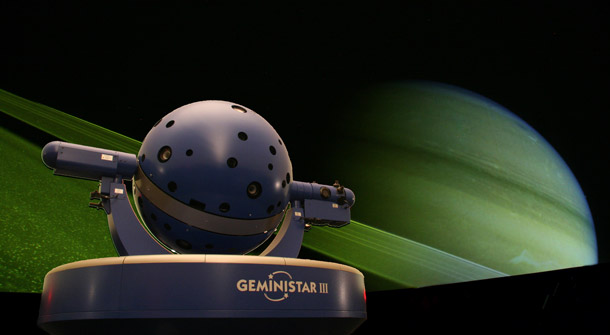
Vanderbilt had a long relationship with Long Island. He began building the “bachelor” wing of his mansion in 1910 because he was then separated from his first wife and he completed it in 1936 after he was married to his second wife. In 1904, to promote sports-car racing in America, he had sponsored the Vanderbilt Cup—and spearheaded the creation of the Long Island Motor Parkway in 1908 (the museum pays homage to his love of the automobile, too).
Tragically, his 26-year-old son, returning to New York from the family’s palatial Florida estate, died in a car crash in South Carolina in 1933 and the Memorial Wing was named in his honor.
Over the years Willie K., as his friends called him, had assembled an eclectic collection of marine life, exotic insects, shrunken heads, an Egyptian mummy, dueling pistols, a 19th century surgical kit, a Nile crocodile, antelopes, a cobra, a tiger, a polar bear, a leopard, an ostrich and even a warthog, to name a few of the thousands of specimens. He also hired experts from the American Museum of Natural History to create the wildlife exhibits for his Diorama Hall, which he’d show to his weekend guests. Hanging menacingly overhead in the Habitat Room is an open-mouthed 32-foot whale shark caught off Fire Island in 1935, which was restored a few years ago thanks to matching grants from Save America’s Treasures and Suffolk County.
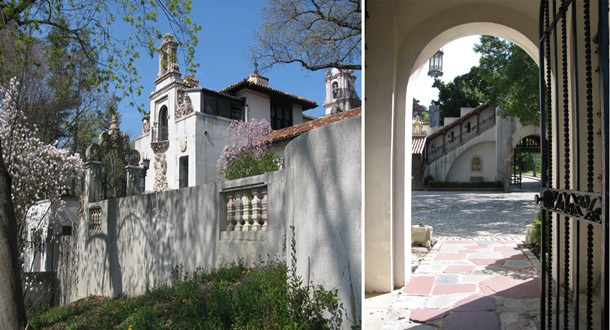
“We’re the stewards of his collection as he left it,” says Reinheimer. “It doesn’t give us a lot of latitude to move things around.” But, he adds, “We have the mummy in the mansion.”
Vanderbilt, who died in 1944 at the age of 65, had kept the preserved body in his Marine Museum, separated from the mansion by his three-hole golf course (now just rolling grass lawn), because he thought it was “bad luck” to bring it inside his house. The 3,000-year-old Egyptian is one of the star attractions today at the museum, which Suffolk County acquired in 1950 after Robert Moses reportedly turned it down.
The Vanderbilt family fortune had come from the New York Central Railroad and international shipping enterprises—Cornelius Vanderbilt was the precursor—and Willie K. circumnavigated the globe twice in his 264-foot custom-made yacht, the Alva, named after his mother, which fed his interest in celestial navigation. Inspired by the NASA moon landing in 1969, the museum board of trustees believed that a planetarium would be consistent with his vision and rededicated his tennis court to that purpose, although it wasn’t completed until 1971.
“If Vanderbilt were alive today, this is where he would want to go!” remarks Reinheimer. Upgrading the planetarium is vital to ensuring the museum’s survivability, he explains, since it is the main revenue generator, drawing almost 60,000 school children annually. It’s not the only planetarium in the region, but in its scope and technical ability, the Vanderbilt rivals the Hayden Planetarium with its ultra-high-definition video, advanced computer system and ability to quickly upload the latest NASA imagery.
“We’re one of the best planetariums in the country,” Reinheimer says.
Weeks before the planetarium’s official reopening, workers were mounting shiny metal letters above the dome entrance that would eventually spell out “The William and Molly Rogers Theatre,” in honor of their generous donation that helped the project reach fruition. All told, considering the advanced equipment, the new plush seats and the redone lobby, the renovation will have cost the museum some $4 million.
Only a few years ago, the museum was about to go dark for good. The stock market collapse had shrunken its endowment, which funded 53 percent of its operating budget. The rest came from programs, membership, site use (for weddings and the like), grants and donations.
Suffolk County was also facing a serious shortfall. In January 2009, the museum payroll fell $35,000 short, and Carol Ghiorsi Hart, then the executive director, told The New York Times, “If we can’t raise that, we’ll have to shut down.”
But with a combination of changing hours, cutbacks, fee hikes, budget austerity, legislative largesse through a hike in the county’s motel and hotel tax, and successful philanthropic fundraising, the night lights stayed on. And now the Vanderbilt Planetarium is entering the space age with a brighter future than ever before. The three-ton “star ball” projector can recede soundlessly into a central pit—where Vanderbilt once had the net on his tennis court—which allows for an array of special presentations that the previous design didn’t.
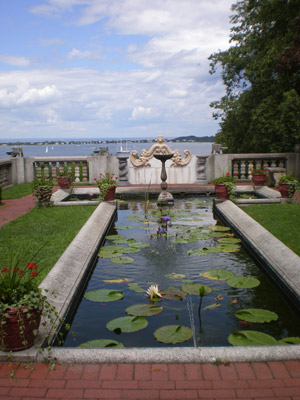
Just as the planetarium has gone high-tech, some fans of its past are going to have to get with the times.
“No more laser shows!” says Reinheimer, with a grin, referring to the site’s former hosting of projected galaxies choreographed to the music of Led Zeppelin and Pink Floyd, among other classic rock acts. He insists that “they’re lame” compared to what this new system at the Vanderbilt can do.
Dave Bush, the planetarium’s technical and production coordinator, and Lorraine Vernola, the assistant director of public planning, make the star ball work its magic inside the dome. Bush handles the Friday night live show, letting the audience learn what constellations and planets can be seen overhead. If the sky is clear, he’ll take them to a powerful 16-inch telescope housed nearby in its own observatory with a retractable roof so they can see for themselves. Vernola handles the educational programs, which can be tailored to the curricular needs, age-group and scientific aptitudes of school visitors.
With the new star ball come new programs for children, adults and families, in conjunction with Sky-Skan, a specialized producer in this area, and planetariums in Britain, China and the United States. During our preview we sampled three trailers. One World, One Sky: Big Bird’s Adventure, a Sesame Street production featuring Big Bird, Elmo and his friends, is geared to the pre-kindergarten set. Solar System Odyssey is modeled more like a video game adventure for middle school kids (“Hang onto your breakfast!” a space commander tells his teenage companion). Families and adults are the target audience for Stars, which is narrated by Mark Hamill and accompanied by the Nashville Symphony. With body-slamming sound and breathtaking special effects, it depicts the fiery birth and light-snuffing death of these vital celestial bodies.
Exploring what the new GeminiStar III can do has been exciting for Bush because the old projector was 42 years old.
“The whole universe is in this system!” he says. “Just working with all of this stuff time flies—it’s easy to get lost in this.”
With the dome darkened, we sat back as Bush took us on a quick spin around the solar system, pointing out where Pluto, the “king of the dwarf planets,” crosses Neptune’s orbit—a planetary “no-no” in astronomical circles—and then, just like that, he zoomed out to the far reaches of the Milky Way, which is 100,000 light years across, reducing our sun to a shiny speck in one of the galaxy’s spiral stellar arms.
At the touch of a button he can send the stars swirling, heads spinning and stomachs reeling. He admits he used to get vertigo himself but he’s been doing this for more than 13 years so, not unlike a sailor at sea, he says, “You get dome legs!”
On tap for the Vanderbilt are a summer Shakespeare festival, a clam bake, concerts, children’s theatre, and a classic-car show. So the museum is making a big push to appeal to new generations of visitors willing to space out through the solar system and beyond—or take a look back at the opulent lifestyle and interests of one of Long Island’s most curious millionaires.
The Suffolk County Vanderbilt Museum is at 180 Little Neck Rd., just a couple of miles north of the Centerport Fire Department off 25A. The new planetarium, which formally re-opened to the public on March 15, is operating its winter-spring schedule from now until June 16, featuring two shows on Friday evening, at 8 p.m. and 9 p.m., Saturday afternoon and evening, and Sunday afternoon. For more information call 631-854-5579 or visit www.vanderbiltmuseum.org.



